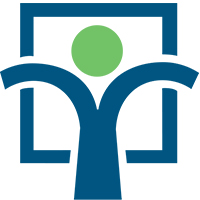
Too much golf and sun? A large number of new retirees may find themselves back at work this fall, and if so, they'll need to know new CPP source deduction rules starting January 1, 2012. Here's what we know so far for those who continue to work while drawing Canada Pension Plan payments:
Beginning January 1, 2012, the work cessation rules for early uptake of CPP no longer apply. Anyone can work while drawing Canada Pension. For those between 60 and 65, employee and employer contributions will be mandatory. Once you reach age 65 and continue to work, contributions are optional but if the employee wants to keep contributing so must the employer.
Form CPT30, Election to Stop Contributing to the Canada Pension Plan or Revocation of a Prior Election, must be filed if you have been working and contributing to CPP and you plan to continue working but want to discontinue your contributions at age 65. The change will be effective on the first day of the month following the election, and will have to be filed with your employer and sent to CRA. Form CPT30 has not yet been released, and details of the revocation process are not yet available. It is known, however, that revocation of a previous election cannot be undertaken until the calendar year following the election. Self-employed individuals must use Schedule 8 to elect to cease CPP contributions after age 65. Those with both employment and self-employment earnings may use form CPT30 to stop both types of CPP contributions.
You must revoke the prior election if, after the age of 65, you wish to restart CPP contributions that had been previously stopped. Contributions are not permitted after age 70.
Decisions, decisions Ö if you are considering working past age 65, consult a tax professional for help in determining the best course of action!
ADDITIONAL EDUCATIONAL RESOURCES: Financial Recovery in a Fragile World
Available in December, 2011!


